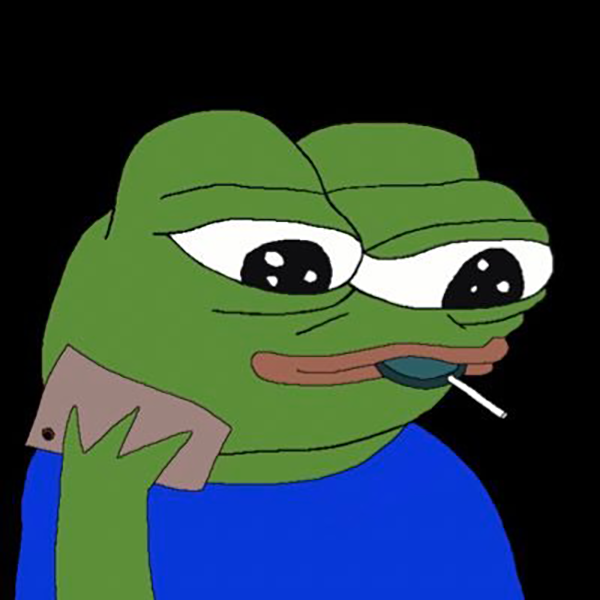"LO-FI PEPE" is an NFT project based on the Ethereum blockchain that aims to create a unique collection of digital avatars (PFPs) by combining Pepe frog memes with lo-fi music culture. The project was started by a group of loyal $PEPE community members dedicated to promoting the spread of Pepe culture in the traditional art market.
Project Overview
Issuance time and price: Launched on May 6, 2023, with an initial mint price of 0.06 ETH.
Total Supply: The total supply is 6,969 NFTs.
Issuance platform: Based on the Ethereum blockchain, supported marketplaces include OpenSea, Blur, Magic Eden, and OKX, among others.
Current floor price: As of May 2025, the floor price is around 0.0293 ETH.
Background & Ecosystem
Development Team: Initiated by a group of loyal $PEPE community members to promote the spread of Pepe culture in the traditional art market.
Community features: Holders can access an exclusive Discord channel for live streams, Q&As, meditations, and more, as well as access to unreleased music, DJ mixes, and exclusive merchandise.
Collaborations: Collaborate with multiple projects, including collaborations with Extraterrestrials, CrazyDolls, and more.
Business Model & Intellectual Property
Business model: Monetize through NFT sales and subscription fees for community members.
Intellectual property: The holder usually owns ownership of the NFT, but does not necessarily own the intellectual property associated with it. The specific ownership of IP rights may need to be determined according to the specific terms of the project.
Controversy and Challenges
Market Acceptance: The project was not fully sold out in the early days, reflecting the limited market acceptance of virtual communities and NFTs.
Intellectual property issues: The ownership of intellectual property rights in NFTs remains a point of contention, and holders may need to clarify their specific rights to NFTs.
Conclusion
LO-FI PEPE explores the convergence of digital identity and music ecology by combining NFTs and virtual communities. Despite challenges such as market acceptance and intellectual property rights, its innovative community mechanisms and diverse ways of interacting provide new ideas for the Web3 ecosystem.






